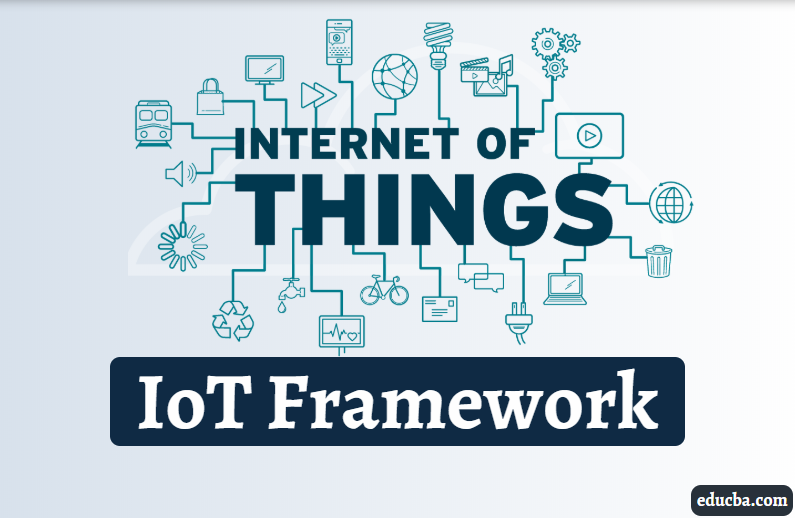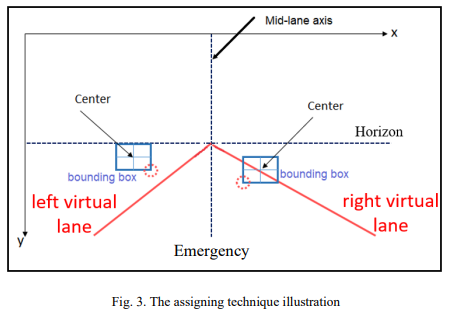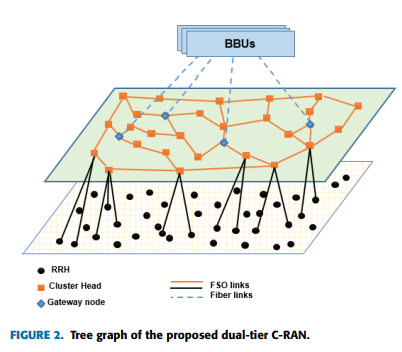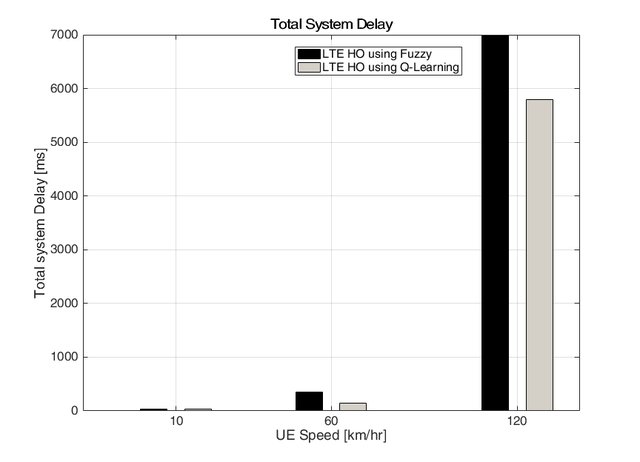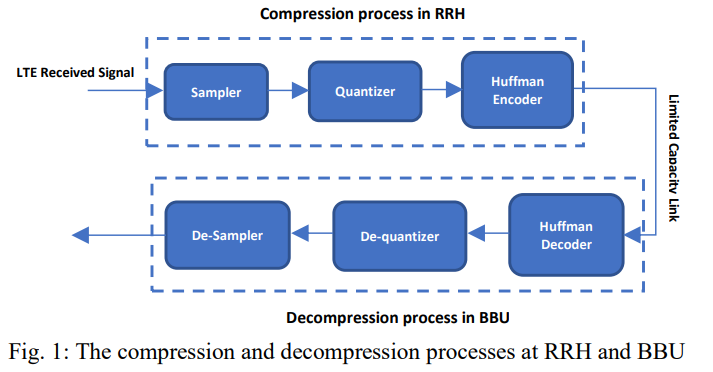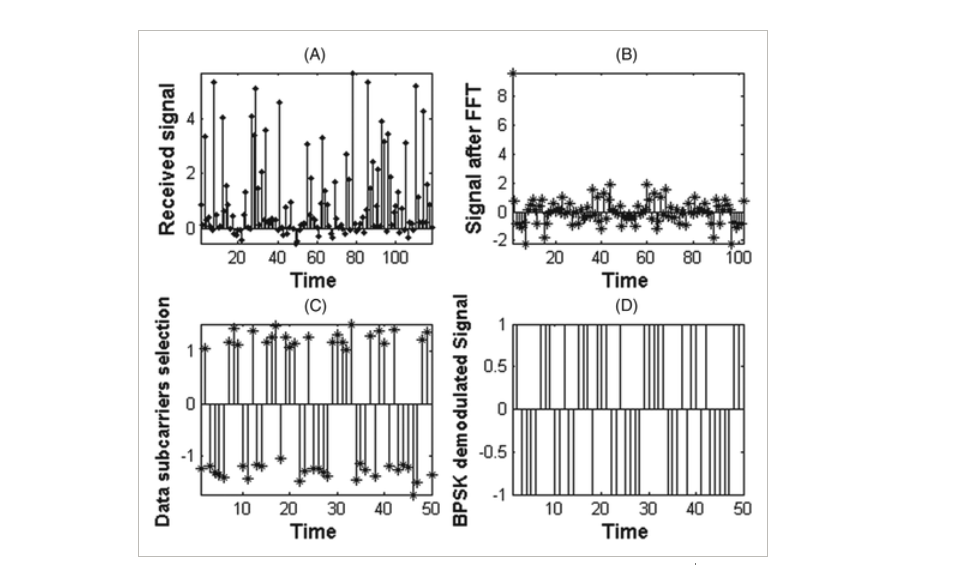Faculty Office Ext.
3025
Faculty Building
UB2
Office Number
S09
Mohamed Saeed Darweesh (M’17, SM’20) received his master’s and Ph.D. degrees (with honors) in Electronics and Electrical Communications Engineering from the Faculty of Engineering, Cairo University, Giza, Egypt, in 2013 and 2017, respectively. He is currently an Associate Professor at the School of Engineering and Applied Sciences, Nile University. Previously, he worked at the American University in Cairo (AUC), Zewail City (ZC) of Science and Technology, Arab Academy for Science and Technology and Maritime Transport (AASTMT), and Institute of Aviation Engineering and Technology (IAET).
Saeed is a Senior Member of the IEEE from 2020 and has served on the technical program committees of major IEEE conferences. Saeed has been elected as the IEEE Egypt Section Secretary 2024-2025, IEEE SIGHT Egypt since June 2023, IEEE Consultants Network Vice Chair since April 2023, and the IEEE CAS Egypt Treasurer since January 2023. For the global and regional IEEE positions, starting January 2024, he is appointed as a corresponding member in the IEEE Region 8 Young Professionals Subcommittee, a member in the IEEE HTB Proposal Evaluation Subcommittee, a member in the IEEE HTB Events Committee. He has been an IEEE HTB/SIGHT Projects Technical Reviewer since April 2023. Also, he was the IEEE Egypt Young Professionals Egypt Past Chair for 2022-2023.
Dr. Saeed actively serves as a reviewer in several journals and conference publications, including IEEE conferences and journals. Dr. Saeed has led multiple research projects in the fields of artificial intelligence, machine learning, healthcare, and Industry 4.0. He has authored/co-authored over +80 papers in international journals and conferences. Also, he is a Principal Investigator (PI), Co-PI, and Research Associate in several research projects funded by different agencies like the Science and Technology Development Fund (STDF), National Telecom Regularity Authority (NTRA), Information Technology Industry Development Agency (ITIDA), and Academy of Scientific Research and Technology (ASRT). He supervised over +90 graduation projects. He has a solid technical background with a strong interest in machine learning and artificial intelligence. His research interests focus on Wireless Communications, Self-Driving Cars, Vehicle to Vehicle (V2V) Systems, Narrow-Band IoT (NB-IoT), Biomedical Engineering (EEG Seizure Detection, Sleepiness Detection using EEG, Breast Cancer Classification, and Skin Cancer Prediction), Optimization Techniques, and Data Compression. Dr. Saeed also worked and trained with many telecom operators and suppliers like (MobiNil, Alcatel.Lucent, and Geniprocess) and has a strong background in computer networks and security.
1) Best Paper Award (First Place) at NILES2020 “Comparative Analysis of Various Machine Learning Techniques for Epileptic Seizures Detection and Prediction Using EEG Data".
2) Best Paper Award (Third Place) at ICM2020 “Collision Probability Computation for Road Intersections based on Vehicle to Infrastructure Communication”.
3) Best Paper Award (Third Place) at NILES2021“Real-Time Fish Detection Approach on Self-Built Dataset Based on YOLOv3”.
4) Outstanding Paper Award at ICACT2022, “Relay Selection in NOMA-Based Diamond Relaying Networks".
5) Mohamed Saeed Darweesh ECE graduation project titled: “Enhanced Beauty Services Mobile Application Based on Artificial Intelligence” has been accepted at the AUC Science Slam competition and qualified for the finalists 2021.
6) Mohamed Saeed Darweesh was nominated to be an Expert at Phi Science Institute, 2021.
7) Mohamed Saeed Darweesh was elected as Chair for IEEE Young Professionals Egypt Section for 2022-2024.
Pagination
- Artificial Intelligence
- Machine Learning
- Optimization Techniques
- Wireless Communications
- Self-Driving Cars
- Biomedical Engineering Applications

Low Power 3GPP (Release 14) NB-IoT Platform for Internet of Things Applications

IoT-based Platform for Wearable Devices for Continuous Healthcare Monitoring
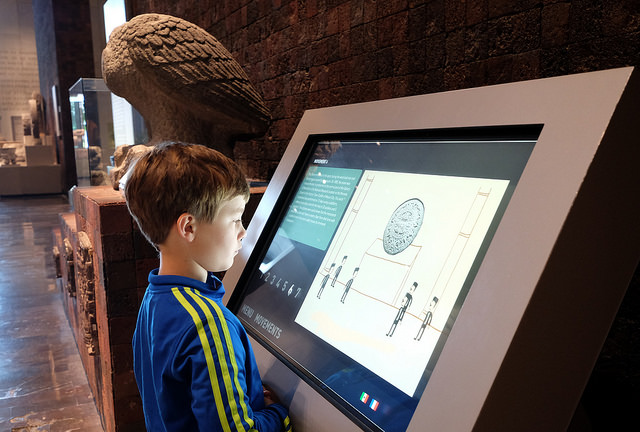
Interactive Smart Application for Museums Education (iSAME)
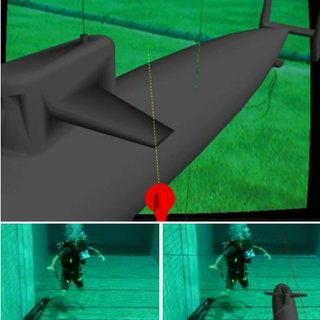
An Underwater AR based System for Marine Life Detection and Classification for Divers and Tourists
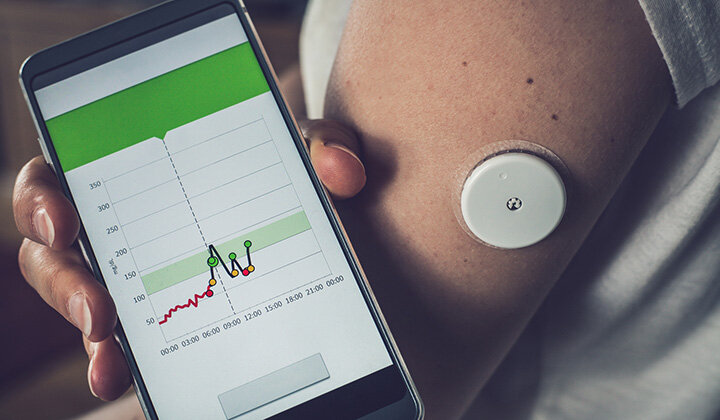
Pre-emergency Alert IoT System-based on Wearable Devices for Diabetic Patient
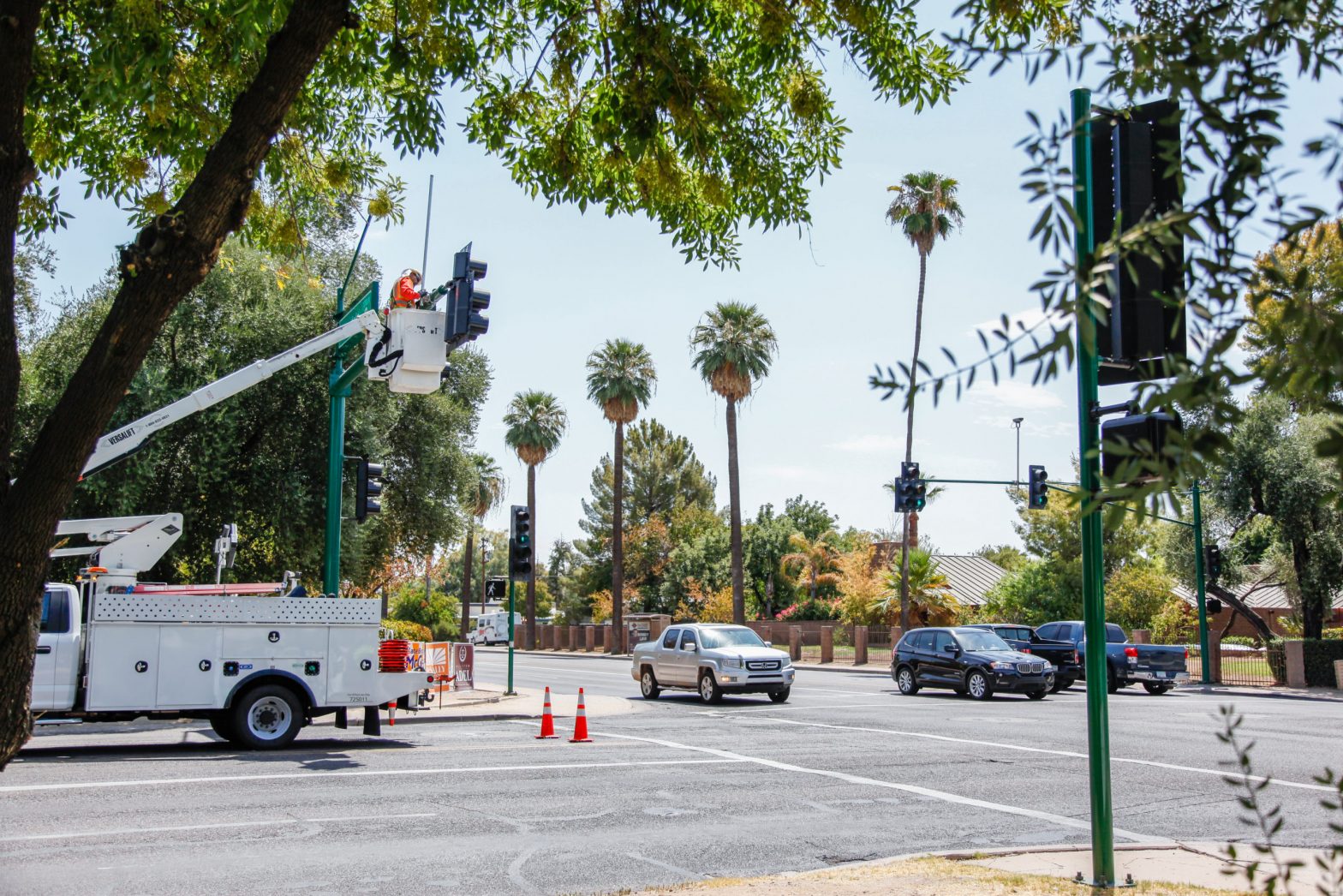
Artificial Intelligence Based Cloud Computing for Autonomous Traffic Management
